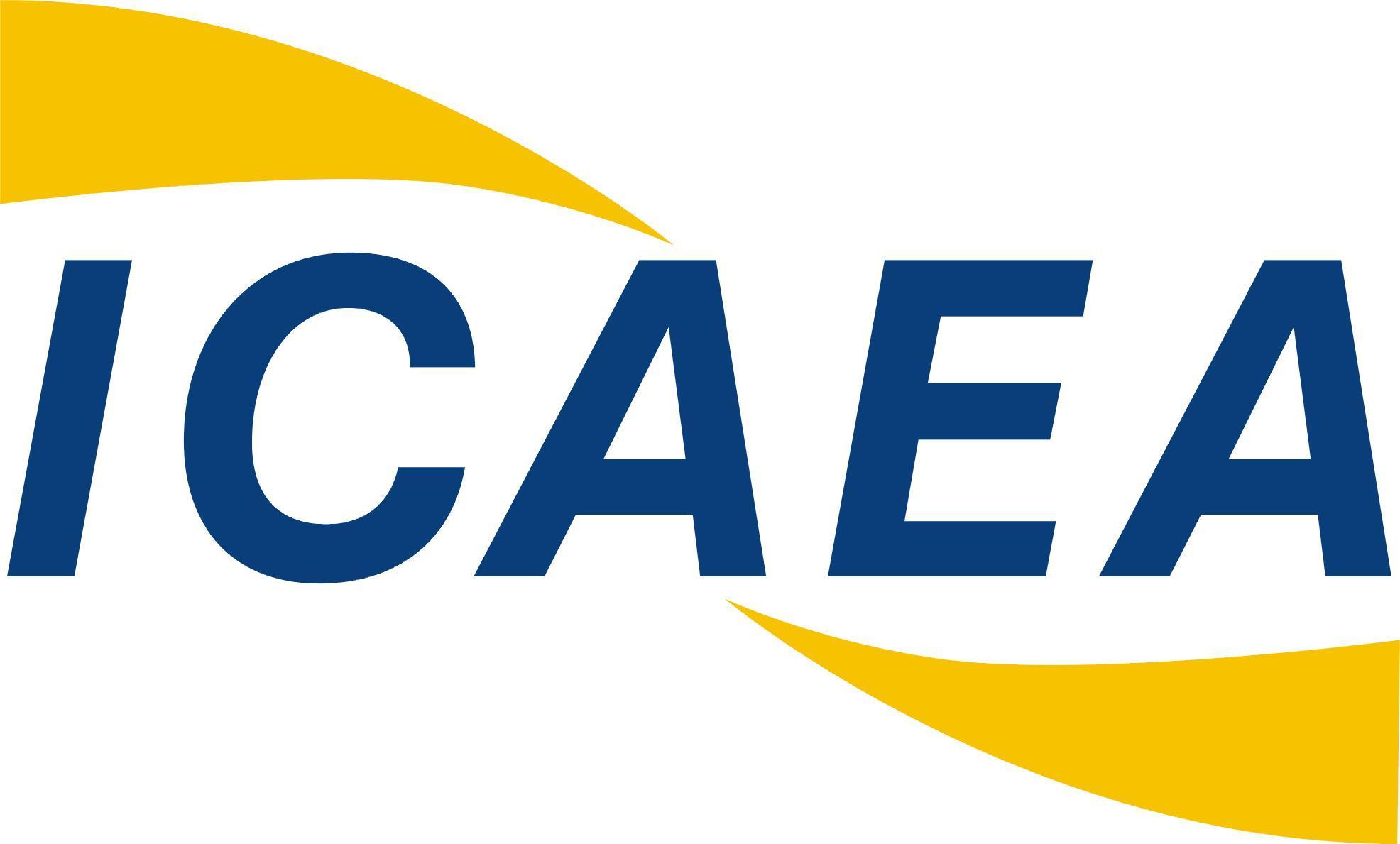Location
Hotel Neptun - Dubrovnik, Coatia
Presentation Type
Presentation
Start Date
24-4-2017 2:30 PM
End Date
24-4-2017 2:45 PM
Description
While the focus of the quality of language proficiency tests designed in response to the ICAO LPRs is mostly concerned with issues related to a narrow definition of test validity and reliability, less attention is given to the consequential validity of ICAO LPR tests, including their impact on training and the attitudes of test takers, airlines, ANSPs and aviation regulatory authorities to LPR testing, training and even perceptions of what language proficiency means. The starting point for evaluation or design of an ICAO LPR test should be in how well a test can effectively reflect the target language use situations of operational pilots or controllers. This relates to the authenticity of the test content, delivery format and task types. Higher authenticity not only increases test construct validity, with the test more likely to be aligned to real-world operational communicative contexts associated in non-routine situations over the radio, but higher authenticity can also influence language training programmes, curricula and teaching practices informed by these high-stakes ICAO LPR tests. High authenticity also leads to higher face validity, encouraging pilots and controllers affected by the tests to value the test and any associated language training – developing motivation. Thus high authenticity in test task, content and delivery have positive impacts on aviation English training programmes by encouraging the development of relevant language skills related to real-job language needs for communication in unusual situations over the radio. This all ultimately improves aviation safety.
Scholarly Commons Citation
Kay, Michael, "How does test design influence training? Washback effects of LPR tests" (2017). International Civil Aviation English Association. 18.
https://commons.erau.edu/icaea-workshop/2017/monday/18
PowerPoint Presentation
Workshop D_ICAEA_DBV2017_S2_D_Workshop_How-does-test-design-influence-training.pdf (2796 kB)
Workshop Presentation

How does test design influence training? Washback effects of LPR tests
Hotel Neptun - Dubrovnik, Coatia
While the focus of the quality of language proficiency tests designed in response to the ICAO LPRs is mostly concerned with issues related to a narrow definition of test validity and reliability, less attention is given to the consequential validity of ICAO LPR tests, including their impact on training and the attitudes of test takers, airlines, ANSPs and aviation regulatory authorities to LPR testing, training and even perceptions of what language proficiency means. The starting point for evaluation or design of an ICAO LPR test should be in how well a test can effectively reflect the target language use situations of operational pilots or controllers. This relates to the authenticity of the test content, delivery format and task types. Higher authenticity not only increases test construct validity, with the test more likely to be aligned to real-world operational communicative contexts associated in non-routine situations over the radio, but higher authenticity can also influence language training programmes, curricula and teaching practices informed by these high-stakes ICAO LPR tests. High authenticity also leads to higher face validity, encouraging pilots and controllers affected by the tests to value the test and any associated language training – developing motivation. Thus high authenticity in test task, content and delivery have positive impacts on aviation English training programmes by encouraging the development of relevant language skills related to real-job language needs for communication in unusual situations over the radio. This all ultimately improves aviation safety.



Comments
View Michael Kay's Bio Page
Workshop D